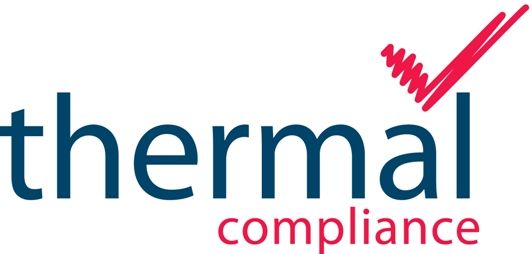Temperature Mapping Tests
Ongoing control is critical but we also need to understand what happens in the event of a failure.
Empty Chamber Temperature Distribution
Temperature is mapped over a defined period, to understand the performance and identify hot and cold locations within the chamber.
Loaded Chamber Temperature Distribution
Used to challenge the chamber with a load, to help understand the loads impact of temperature distribution. Can also include penetration sensors.
Door Open Test
Performed to understand how the unit controls during a door intrusion, Normally time to out of tolerance and return to tolerance.
Power Failure Tests
It's important to understand how long the unit takes to go out of tolerance and recover in the event of a power failure.
Temperature Penetration Test
Sensors are placed in product to monitor the control and impact of door open and power failures.
Pull Down Test
When your using equipment to change the temperature in your product, this test helps understand the time taken to reach tolerance within the product.
Write your awesome label here.
Take your Temperature Mapping knowledge to the
next level!
We will help you develop your Temperature Mapping knowledge and skills. Join us on our GxP Temperature Mapping course.

